Insects are the only winged animals among invertebrates. Flight makes insects more capable than land animals in foraging, courting, avoiding enemies, and expanding their distribution range, and has become the basis for the prosperity of the Insecta class. The origin of insect wings is different from that of birds. Bird wings are transformed from forelimbs, while insect wings are developed from lateral dorsal lobes that expand to both sides. Insect wings are very flexible and can be folded on the back of the body when not in use. Wings are generally triangular. For the convenience of research, each side and angle is given a certain name, and the wing surface is divided into regions.
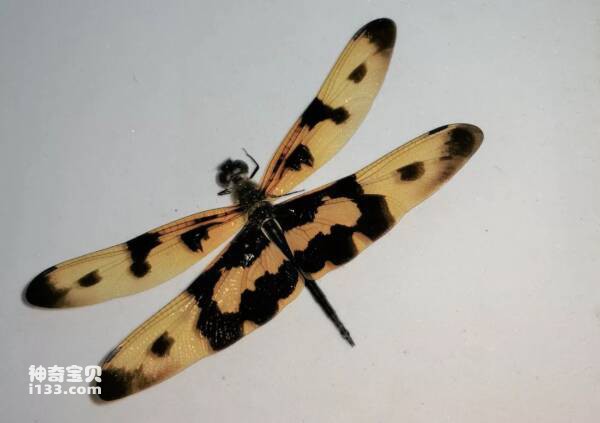
(1) Wing veins and veins
The wings used by insects to fly are membranous and have criss-crossing veins on the wing surface. The wing veins are actually formed by the thickening of the wing surface in the trachea. It acts like a skeleton to support and reinforce the wing surface. , also related to the twisting motion of the wings during flight. Some insects have fine wing veins, such as dragonflies, mayflies, lacewings, etc. There are also wings with few veins, such as flies with only a few veins. Each type of insect has its own unique distribution pattern of wing veins, called vein phase (or vein sequence).
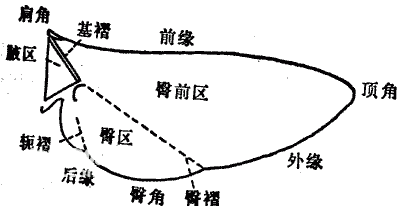
(2) Type of wings
Generally speaking, insects have only one pair of relatively developed wings; they are mainly used for flying. For example, insects of the order Coleoptera and Orthoptera use their hind wings to fly. Their forewings are ossified and thickened to varying degrees, which can protect the folded hind wings. The forewings of beetles are highly ossified and no wing veins can be seen, forming elytra; the forewings of insects such as Orthoptera locusts, katydids, and crickets are less ossified, leathery and translucent, and the wing veins are still obviously present. It is called covered wing (compound wing). Only the base half of the stink bug's forewings is ossified, and the end half is still membranous, called hemi-elytra. In some other insects, the forewings become the main flight organs, and the hind wings often become smaller or degenerate. The hind wings of Diptera insects (flies, mosquitoes, etc.) and male scale insects degenerate into small stick-like structures, which play a balancing role during flight and are called balance rods. The wings of many insects are still membranous and transparent, but there are different coverings on the wing surfaces. For example, the wings of butterflies and moths are covered with colorful scales, so they are called scale wings; the wings of caddisflies have many hairs, called hairy wings; the wings of thrips are very narrow and have many long hairs on the edges. , called tassel wings.
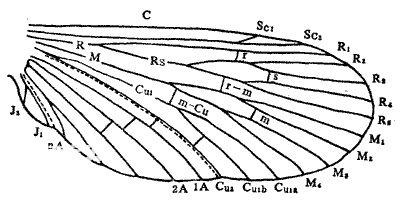
(3) Wing chain
If the hind wings are smaller but still functional during flight, the hind wings are usually hung together with the forewings in various forms of interlocking devices to act as a whole, making flight more efficient. The structure of this kind of chain is very clever and comes in various forms. Some are chains formed by bends and small hooks (bees, aphids), some are connected to the forewings by one or several bristles (moths), and some are connected to the front of the base of the hind wings. There is a leaf-like protrusion on the edge that is interlocked with the forewings (butterfly), or there are curled folds on the fore and hind wings that are interlocked with each other (cicada).

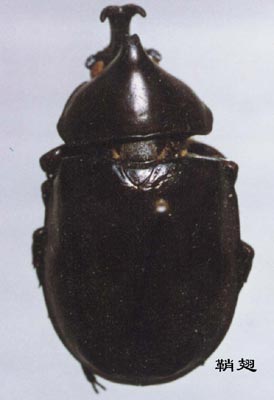
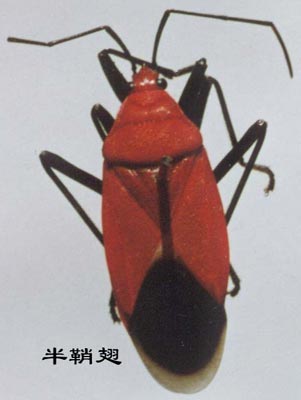
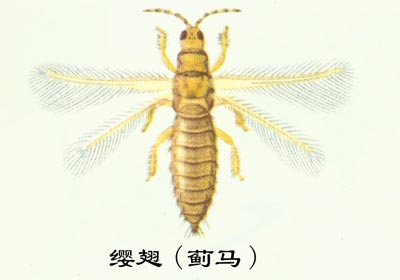
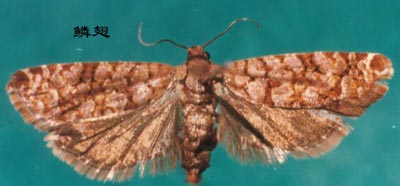
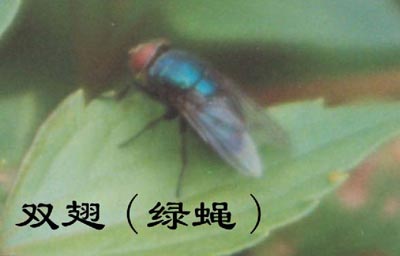
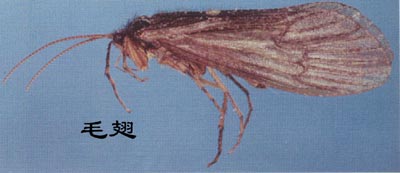
(4)Flight speed
Most insects can fly over relatively long distances, such as locusts and armyworm adults, both of which are insects with extremely strong flying capabilities. Locusts can fly thousands of miles in swarms. According to research by Chinese entomologists, armyworms that emerge after overwintering in Guangdong every spring and summer can fly thousands of miles in groups and cross the ocean to the north in search of food. Bees can continuously fly 10 to 20 kilometers per hour. The gadfly can fly more than 40 kilometers per hour. Mosquitoes can also fly several kilometers in search of water to lay their eggs. Dragonflies, katydids, and certain species of hawkmoths can also fly hundreds or even thousands of miles without landing. In addition to flying long distances, some insects also fly at remarkable speeds. Dragonflies fly 10 to 20 meters per second; chafers fly 2.2 to 3 meters per second; hawkmoths fly 5 meters per second; and the cabbage butterfly flies 5 meters per second. 1.8~2.3 meters; house damask flies 2 meters per second; gadfly flies 4-14 meters per second; bee can fly 2.5~6 meters per second. Because insects have such strong flying abilities, coupled with the influence of high-altitude air currents and winds, they provide good conditions for insects to fly long distances.
The above-mentioned wing shapes and flight characteristics all reflect the life characteristics of various insects to a certain extent, and at the same time provide people with a basis for understanding insect types. In order to prevent pests from expanding and spreading, we must eliminate them before they grow wings. For example, migratory locusts and blind bugs must be eliminated before their third instar.
animal tags:
We created this article in conjunction with AI technology, then made sure it was fact-checked and edited by a Animals Top editor.